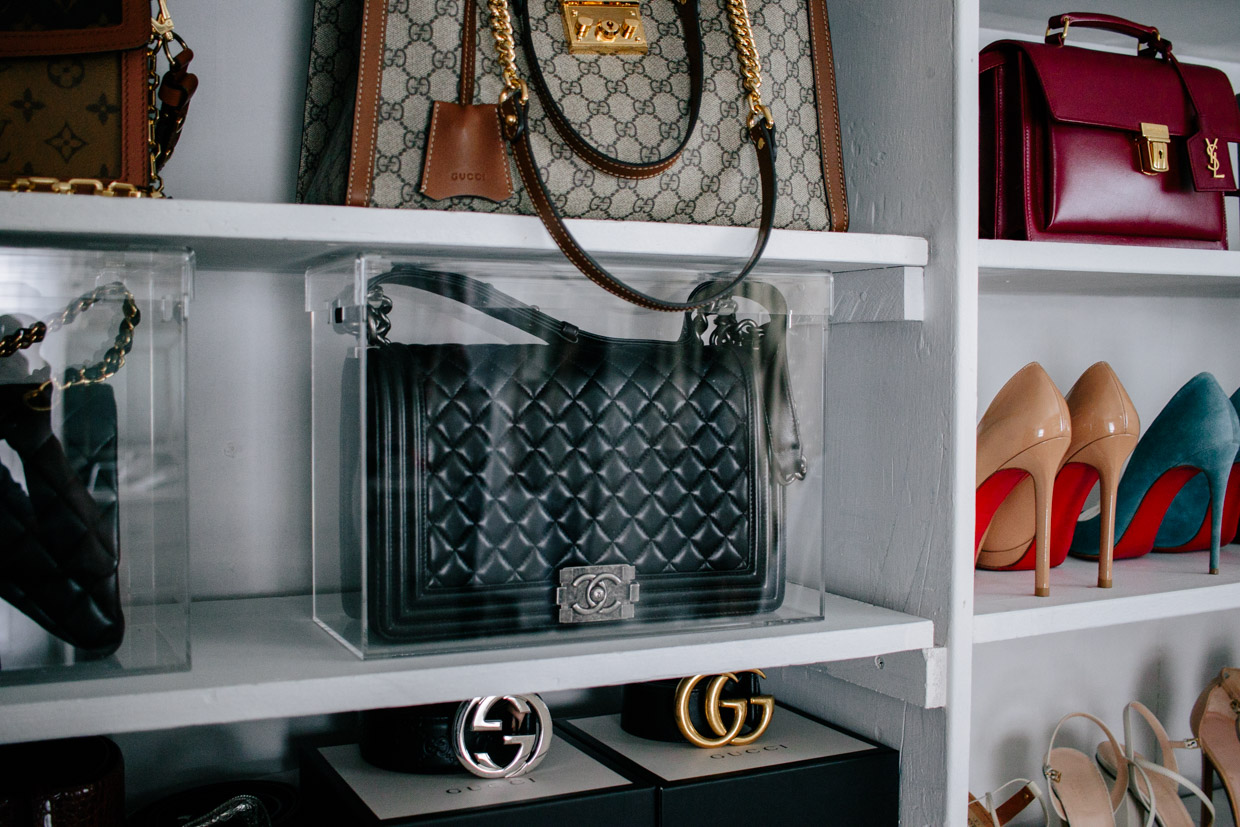

Articles
How To Store Designer Bags
Modified: January 21, 2024
Learn essential tips and tricks for storing your designer bags to maintain their quality and longevity. Explore articles on proper storage solutions and techniques for preserving your valuable accessories.
(Many of the links in this article redirect to a specific reviewed product. Your purchase of these products through affiliate links helps to generate commission for Storables.com, at no extra cost. Learn more)
Introduction
Designer bags are not just fashion accessories; they are investments. Whether you have a collection of high-end designer bags or a single prized possession, proper storage is crucial to maintain their beauty, shape, and longevity.
Storing designer bags properly not only prevents damage but also keeps them organized and easily accessible. From choosing the right storage space to taking preventive measures, this article will guide you through the steps to store your designer bags effectively.
So, let’s dive into the world of luxury bags and learn how to keep them in top shape.
Key Takeaways:
- Preserve the beauty and longevity of your designer bags by choosing the right storage space, cleaning and preparing them, and utilizing dust bags or pillowcases to protect them from dust, scratches, and color fading.
- Ensure the structural integrity of your designer bags by properly stuffing, shaping, and storing them in a location away from direct sunlight and extreme temperatures. Regular inspection and maintenance are key to preserving their quality and beauty.
Read more: How To Store Bags
Choosing the Right Storage Space
When it comes to storing your designer bags, the first step is to choose the right storage space. Ideally, you want a location that is clean, dry, and away from direct sunlight. Here are a few options to consider:
- Closet: If you have a spacious closet with shelves or hanging space, it can be a great place to store your bags. Make sure the closet is away from humidity-prone areas like the bathroom or laundry room.
- Cabinet or Wardrobe: If you have a dedicated cabinet or wardrobe, it can provide an excellent storage solution. Make sure to line the shelves with a soft material like felt or cotton to avoid scratching the bags.
- Under-Bed Storage: If you’re short on space, under-bed storage containers can be a practical option. Opt for containers made from breathable materials and ensure they fit the dimensions of your bags.
Remember, whichever storage space you choose, cleanliness is key. Make sure to clean the area before placing your bags to avoid dust or dirt buildup.
Additionally, it’s essential to keep your bags away from extreme temperatures and humidity. Fluctuations in temperature and excessive moisture can damage the materials and cause mold or mildew growth. Consider using a dehumidifier or silica gel packets in your storage space to control humidity levels.
By selecting the right storage space, you provide a stable and safe environment for your designer bags, ensuring their longevity and beauty.
Cleaning and Preparing Your Designer Bags
Before storing your designer bags, it’s important to clean and prepare them properly. This step ensures that your bags remain in pristine condition and are protected from any potential damage. Here’s the process to follow:
- Empty the Bag: Start by emptying out the contents of your bag and removing any debris or loose items, such as tissues or receipts.
- Inspect for Stains: Carefully examine your bag for any stains or spills. Use a specialized cleaner recommended by the bag’s manufacturer to treat the stains. Follow the instructions on the cleaner and gently blot the stains, avoiding excessive scrubbing.
- Dust and Debris Removal: Using a soft brush or a lint-free cloth, gently remove any dust or debris from the surface, corners, and crevices of the bag. Pay attention to details like metal hardware and embellishments.
- Leather Conditioning: If you have a leather bag, consider conditioning it before storage to prevent dryness and maintain its softness. Use a leather conditioner specifically formulated for your bag’s type of leather. Apply a thin, even layer and gently massage it into the leather using circular motions.
- Allow Sufficient Drying Time: After cleaning and conditioning, allow your bag to air dry completely before proceeding to the next step. Avoid using heat sources like hairdryers, as they can damage the material.
It’s important to note that different bag materials may require specific cleaning methods. Always refer to the care instructions provided by the manufacturer to ensure proper cleaning and preparation.
By thoroughly cleaning and preparing your designer bags, you remove any potential contaminants and ensure that they are ready for long-term storage.
Stuffing and Shaping Your Bags
Properly stuffing and shaping your designer bags is essential to maintain their original structure and prevent creasing or sagging. Follow these steps to ensure your bags retain their beautiful shape while in storage:
- Use Acid-Free Tissue Paper: Start by stuffing your bags with acid-free tissue paper or bubble wrap. This helps them maintain their shape and prevents any potential deformities.
- Avoid Newspaper or Colored Paper: Avoid using newspaper, colored paper, or any materials that can transfer ink or dyes onto your bags. Acid-free tissue paper is specifically designed to be safe and won’t cause any damage.
- Fill Empty Spaces: Fill any empty spaces inside your bag to prevent it from collapsing. You can use towels, soft fabric, or additional acid-free tissue paper to provide support and maintain the bag’s original shape.
- Shape the Handles: Pay attention to the handles or straps of your bags. To prevent them from bending or losing their shape, stuff them with tissue paper or fabric to help them maintain their form.
It’s worth noting that for structured bags with rigid frames, use bag pillows or inserts specifically designed for that bag’s shape to retain its structure. This helps prevent any potential damage caused by prolonged storage.
Remember not to overstuff or apply excessive pressure on the bags, as it can lead to stretching or distortions. It’s important to strike a balance between providing support and allowing some flexibility.
By properly stuffing and shaping your designer bags, you ensure that they retain their original structure and look flawless when you retrieve them from storage.
Using Dust Bags or Pillowcases
One of the simplest and effective ways to protect your designer bags from dust, dirt, and scratches is by using dust bags or pillowcases. Here’s why and how you should utilize them:
Why Use Dust Bags or Pillowcases?
Dust bags or pillowcases provide a protective barrier around your bags, keeping them safe from external elements. Here’s why they are important:
- Prevent Dust Buildup: Dust bags or pillowcases help prevent dust and dirt from settling on the surface of your bags. This reduces the need for frequent cleaning and minimizes the risk of scratching.
- Avoid Scratches: By storing your bags in a soft and protective cover, you minimize the chances of scratches caused by contact with other objects or surfaces.
- Preserve the Color and Finish: Dust bags or pillowcases shield your bags from exposure to light, which can cause color fading or damage to delicate finishes.
How to Use Dust Bags or Pillowcases:
Follow these steps to properly use dust bags or pillowcases for your designer bags:
- Clean and Dry Bags: Make sure your bags are clean and dry before placing them in the dust bags or pillowcases to avoid trapping any moisture.
- Individual Bag Storage: Store each bag in its own dust bag or pillowcase to prevent any friction or contact between different materials.
- Fasten the Closures: If your bags have zippers or clasps, make sure to fasten or close them before placing them in the dust bag or pillowcase. This provides extra protection and prevents any accidental damage.
- Label or Identify: If you have multiple bags, consider labeling or identifying each dust bag or pillowcase to easily locate a specific bag when needed.
By utilizing dust bags or pillowcases, you can keep your designer bags protected and in pristine condition, ready to be showcased whenever you desire.
Store designer bags in their original dust bags to protect them from dust and light. Stuff them with tissue paper to help maintain their shape, and avoid hanging them to prevent stretching. Keep them in a cool, dry place away from direct sunlight.
Read more: How To Store Plastic Bags
Avoiding Direct Sunlight and Extreme Temperatures
Exposure to direct sunlight and extreme temperatures can cause significant damage to your designer bags. To ensure their longevity and preserve their quality, it’s crucial to protect them from these environmental factors. Here’s why and how to avoid direct sunlight and extreme temperatures:
Why Avoid Direct Sunlight?
Direct sunlight can have detrimental effects on your designer bags, including:
- Fading: Prolonged exposure to sunlight can cause the colors of your bags to fade, particularly for materials like leather or fabric.
- Deterioration: UV rays can accelerate the breakdown of materials, leading to cracking, peeling, or weakening of the bag’s structure.
- Heat Damage: Sunlight can heat up your bags, causing the glue or adhesives holding them together to melt or become brittle.
How to Avoid Direct Sunlight:
To protect your bags from direct sunlight:
- Choose the Right Storage Space: Store your bags in a location away from windows or any other source of direct sunlight, such as open shelves or display cases. Opt for a cool, dark area to maintain a consistent temperature.
- Use Curtains or Blinds: If your storage space has windows, consider using curtains or blinds to block out the sunlight. This helps create a darker environment and minimizes exposure to harmful UV rays.
- Rotate Your Displays: If you have a display area for your bags, periodically rotate them to prevent one side from being constantly exposed to sunlight. This ensures an even distribution of light exposure.
Why Avoid Extreme Temperatures?
Extreme temperatures can also cause damage to your designer bags, including:
- Material Deterioration: Extreme heat or cold can cause materials like leather or fabric to dry out, become brittle, or even warp.
- Color Loss: Fluctuations in temperature can cause color fading or discoloration, especially for delicate or vibrant hues.
- Damage to Hardware: Metal hardware can expand or contract with temperature changes, leading to damage or improper functioning.
How to Avoid Extreme Temperatures:
To protect your bags from extreme temperatures:
- Choose a Stable Environment: Store your bags in a place with a stable temperature, avoiding areas prone to extreme heat or cold. Basements or temperature-controlled closets can be ideal options.
- Avoid Attics or Garages: Attics and garages can experience significant temperature fluctuations, making them unsuitable for storing your bags.
- Travel Considerations: When traveling, never leave your bags in a car exposed to extreme temperatures. Take them with you or find a secure, climate-controlled storage option.
By avoiding direct sunlight and extreme temperatures, you protect your designer bags from irreversible damage, ensuring their beauty and longevity for years to come.
Hanging or Stacking Bags
When it comes to storing your designer bags, there are different methods you can use depending on the space you have available and the type of bags you own. Two common options are hanging and stacking. Here’s what you need to know about each:
Hanging Bags:
Hanging your bags can be a great option if you have enough closet space or a designated area with hooks or hangers. Here’s why hanging can be beneficial:
- Preserve Shape: Hanging your bags allows them to maintain their natural shape and structure, preventing any potential creasing or sagging.
- Easier Accessibility: Hanging your bags makes it easier to see and select the one you want to use, saving you time and reducing the chances of accidentally damaging other bags while searching.
- Maximize Space: Hanging bags can be a space-saving solution, especially if you have limited shelf or floor space in your storage area.
To hang your bags:
- Use Sturdy Hooks or Hangers: Make sure to use hooks or hangers that are strong enough to support the weight of your bags.
- Avoid Overcrowding: Don’t overcrowd the hooks or hangers, as too much weight can cause them to bend or break. Leave enough space between the bags to prevent them from rubbing against each other.
- Use Protective Covers: Consider using dust bags or pillowcases to cover your bags while they hang. This provides an added layer of protection from dust and light exposure.
Stacking Bags:
If space is limited or hanging is not a feasible option, stacking your bags can be an alternative. Here’s what you should keep in mind when stacking:
- Support and Stability: When stacking, use a sturdy surface or shelf to ensure the bags are secure and won’t topple over.
- Protective Layers: Place acid-free tissue paper or fabric between the bags to avoid any potential color transfer or scratching.
- Less Accessible: Stacking bags may require you to move or shift multiple bags to reach the one you want, which can be slightly less convenient compared to hanging.
When stacking, it’s important not to stack too many bags on top of each other, as excessive weight can cause them to lose their shape or deform.
Whether you choose to hang or stack your bags, make sure to organize them in a way that is easily accessible and minimizes the risk of damage.
Maintaining Proper Air Circulation
Adequate air circulation is crucial for storing your designer bags properly. Good airflow helps prevent the buildup of moisture, mold, and musty odors, ensuring your bags remain in pristine condition. Here’s how to maintain proper air circulation while storing your bags:
- Spacing and Organization: Allow enough space between your bags to promote air circulation. Avoid tightly packing them together, as it can hinder the flow of air and increase the risk of moisture buildup.
- Shelves or Racks: If you’re using shelves or racks to store your bags, ensure that they are properly ventilated. This allows air to circulate freely and prevents stale air from accumulating.
- Avoid Airtight Containers: While it might be tempting to store your bags in airtight containers to shield them from dust, it can lead to poor air circulation and potential moisture retention. Opt for breathable storage options instead.
- Regular Air Exposure: Occasionally expose your bags to fresh air to prevent any stagnant air from settling. This could be as simple as taking them out of storage and placing them in a well-ventilated area for a short period.
- Consider Silica Gel Packs: To control humidity levels and absorb any excess moisture, place silica gel packs in your storage space. These packs are designed to capture moisture and help maintain an optimal environment for your bags.
Furthermore, it’s important to be mindful of the air quality in your storage area. Avoid storing your bags near areas prone to high humidity, such as basements or laundry rooms. It’s also advisable to keep the storage area clean and free from dust to prevent contamination and maintain a healthier environment for your bags.
By ensuring proper air circulation during the storage of your designer bags, you reduce the risk of mold, mildew, and other moisture-related issues, ultimately preserving their beauty and integrity.
Regular Inspection and Maintenance
Regular inspection and maintenance play a crucial role in keeping your designer bags in optimal condition. By regularly checking on your bags and carrying out necessary maintenance tasks, you can identify and address issues early on, ensuring the longevity and beauty of your collection. Here’s what you should do:
- Inspect for Damage: Regularly examine your bags for any signs of wear, tear, or damage. Pay attention to the handles, straps, seams, and hardware. Promptly address any loose threads, scratches, or tarnished hardware to prevent further deterioration.
- Clean as Needed: Cleaning your bags on a regular basis helps remove dirt, oils, and stains, keeping them looking fresh and vibrant. Follow the care instructions provided by the manufacturer and use appropriate cleaning methods and products for the bag’s material.
- Conditioning: For leather bags, regular conditioning helps keep the leather moisturized and supple. Use a leather conditioner recommended by the manufacturer and apply it in accordance with the instructions. Conditioning helps prevent drying, cracking, and color fading.
- Rotate Usage: To ensure that all of your bags get equal use and avoid prolonged periods of inactivity, rotate the bags you use regularly. This helps prevent the development of creases or structural deformities in specific bags.
- Handle with Care: Treat your bags gently and with care. Avoid placing them on rough or abrasive surfaces, and be cautious while handling them to prevent accidental drops or impacts.
- Store in Different Positions: Every few months, change the positions of your stored bags. For example, if you were previously hanging them, stack them for a period, and vice versa. This helps prevent strain on specific areas and allows for even distribution of weight.
Regular inspection and maintenance not only protect your bags from further damage but also give you an opportunity to appreciate and enjoy your collection. Additionally, consider taking your bags to professional cleaners or repair experts for meticulous cleaning and restoration when necessary.
By maintaining a proactive approach to inspection and maintenance, you can extend the lifespan of your designer bags and continue to delight in their beauty for years to come.
Read more: How To Store Gift Bags
Conclusion
Properly storing your designer bags is essential for preserving their beauty, protecting their structure, and ensuring their longevity. By following the guidelines outlined in this article, you can effectively store your bags and keep them in prime condition for years to come.
From choosing the right storage space to implementing preventive measures, every step is crucial in the storage and maintenance process. Consider factors such as cleanliness, temperature control, protection from direct sunlight, and maintaining proper air circulation. Cleaning and preparing your bags before storage, as well as using appropriate storage methods like stuffing, shaping, and utilizing dust bags or pillowcases, are key steps in maintaining their appearance and structural integrity.
Inspecting your bags regularly and carrying out necessary maintenance tasks will help detect and address issues promptly, preventing further damage or deterioration. Cleaning as needed, conditioning leather bags, and handling your bags with care are essential practices to preserve their quality.
Remember, your designer bags are investments that deserve proper protection and care. By implementing the recommendations provided in this article, you can ensure that your bags remain in pristine condition, always ready to adorn your outfits with style and elegance.
So go ahead, take the necessary steps to store your designer bags correctly, and enjoy the long-lasting beauty and value they bring to your life.
Frequently Asked Questions about How To Store Designer Bags
Was this page helpful?
At Storables.com, we guarantee accurate and reliable information. Our content, validated by Expert Board Contributors, is crafted following stringent Editorial Policies. We're committed to providing you with well-researched, expert-backed insights for all your informational needs.
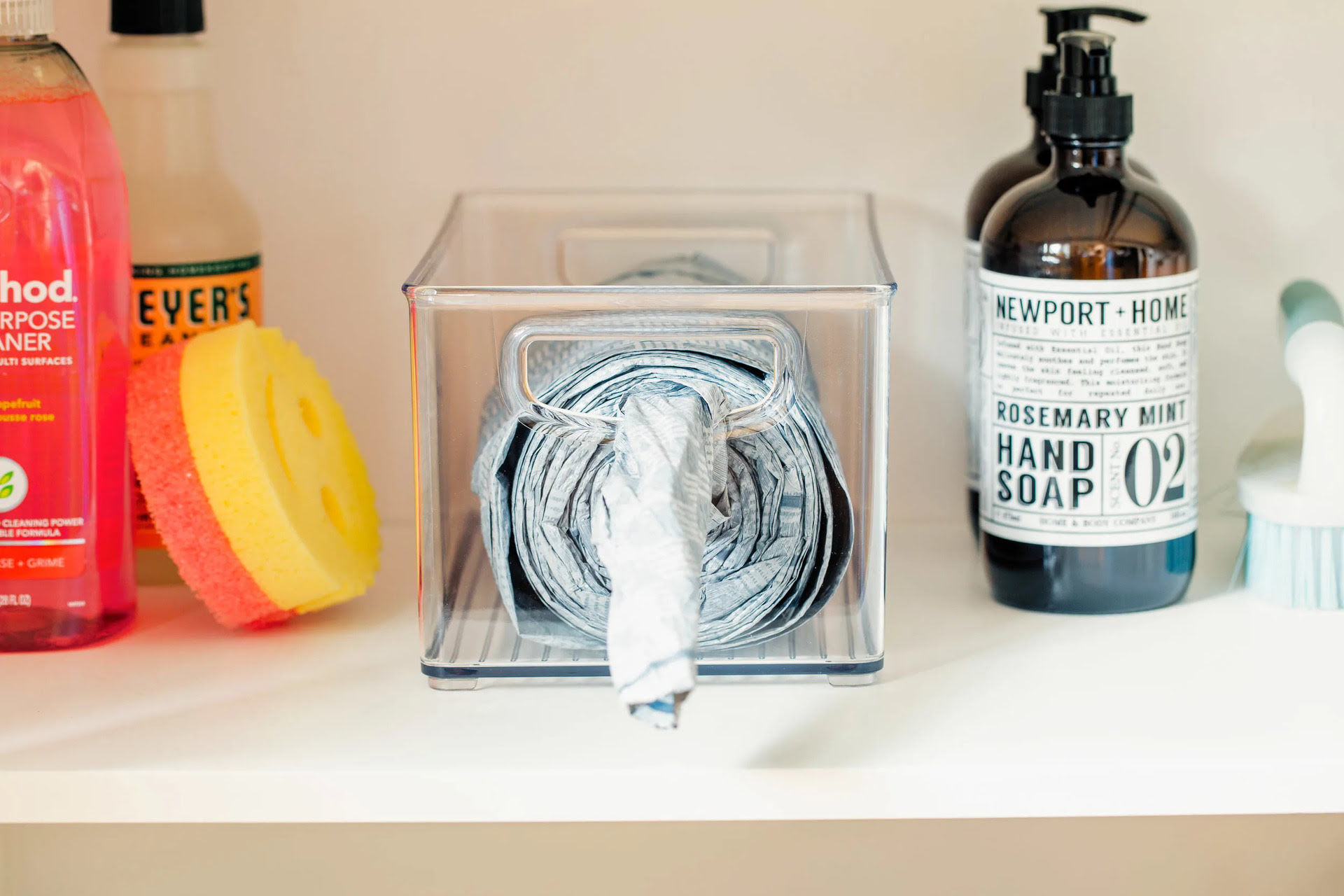
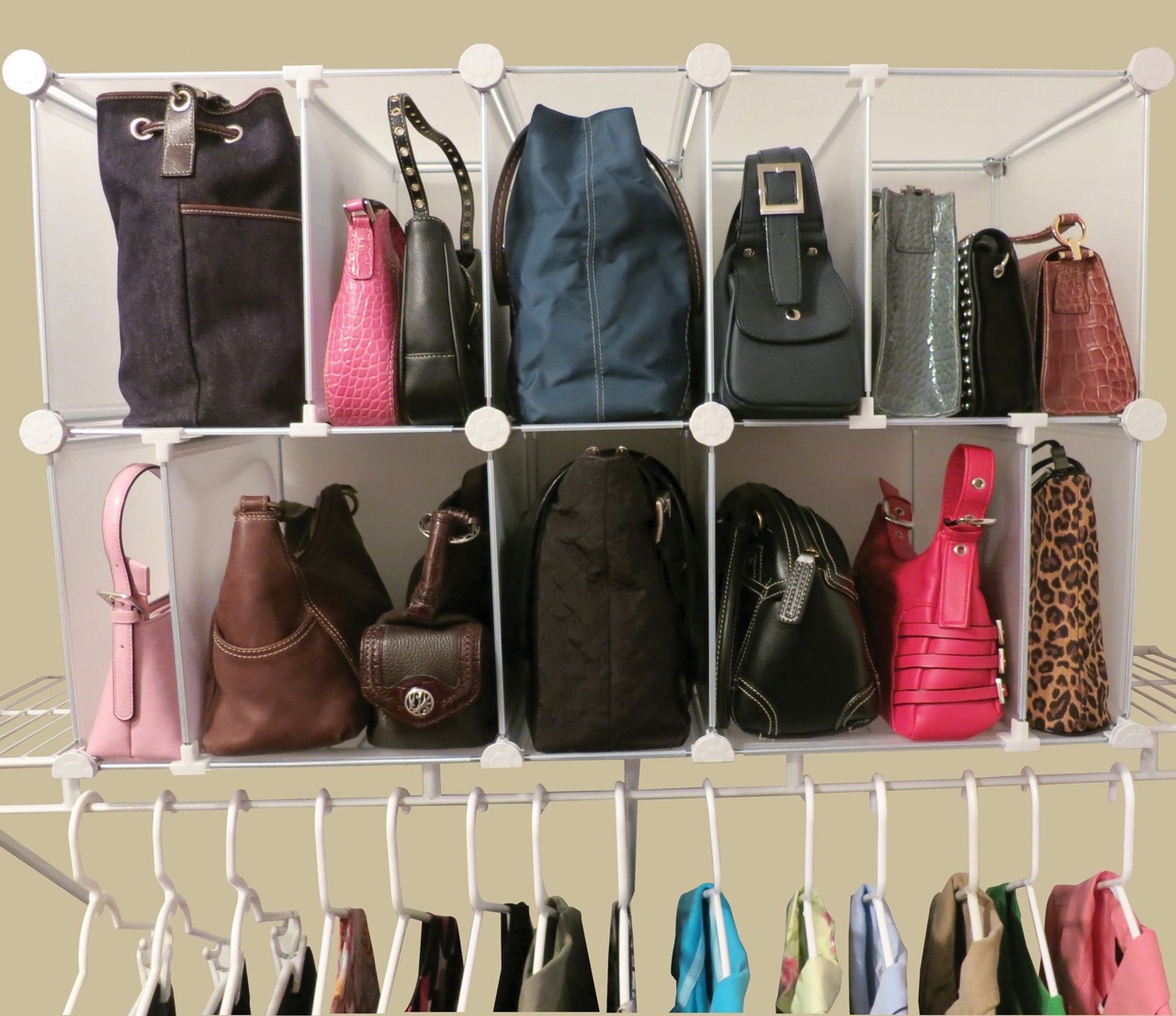
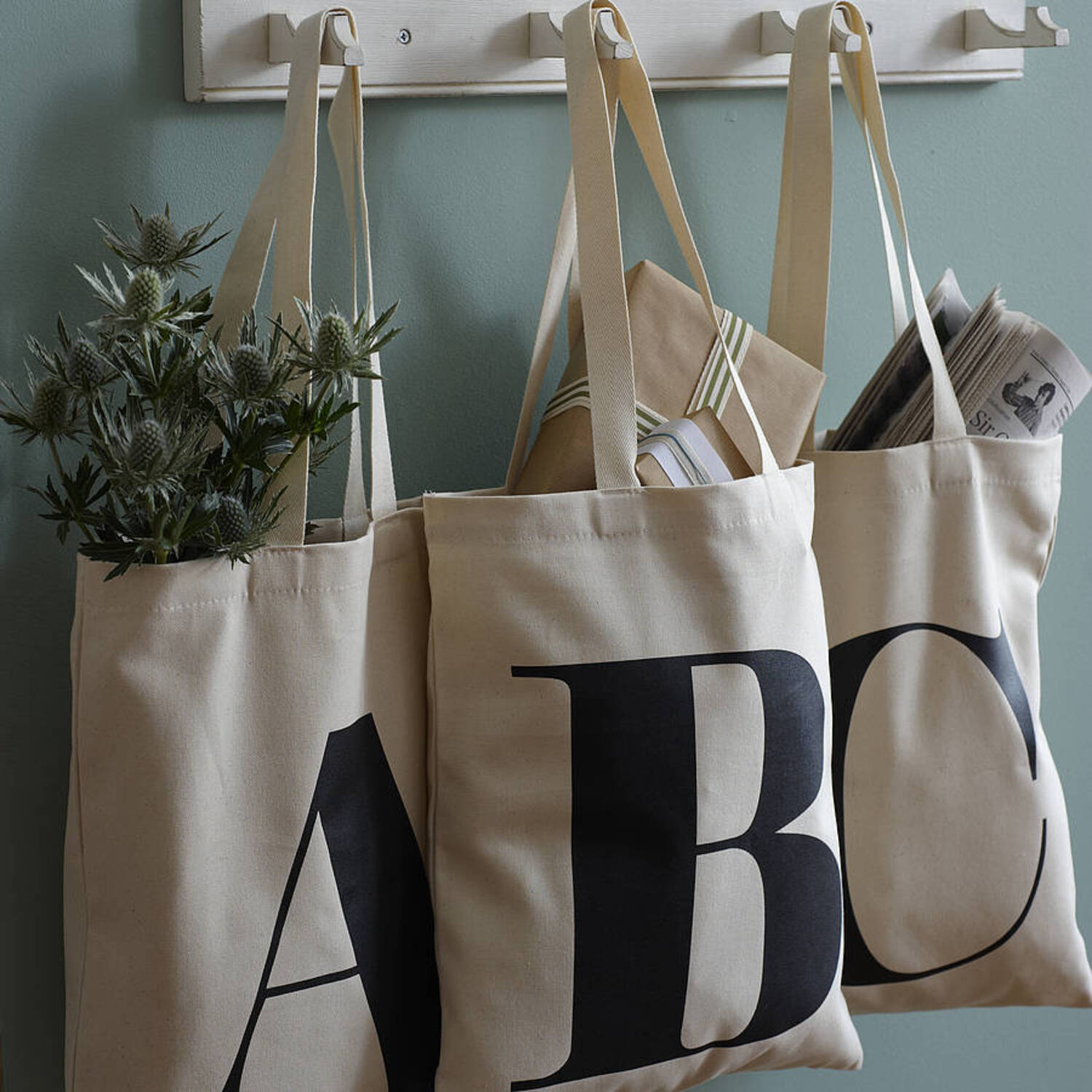
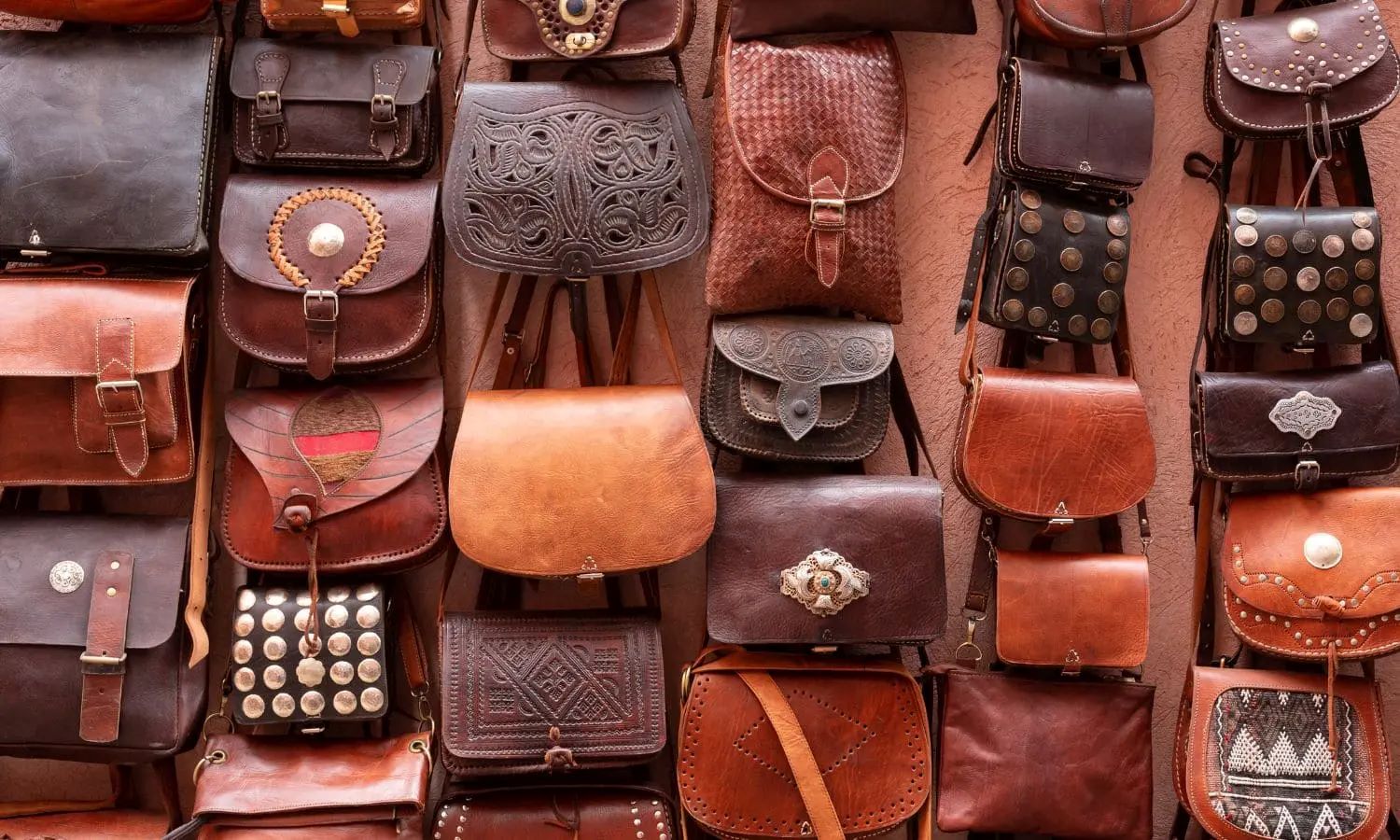
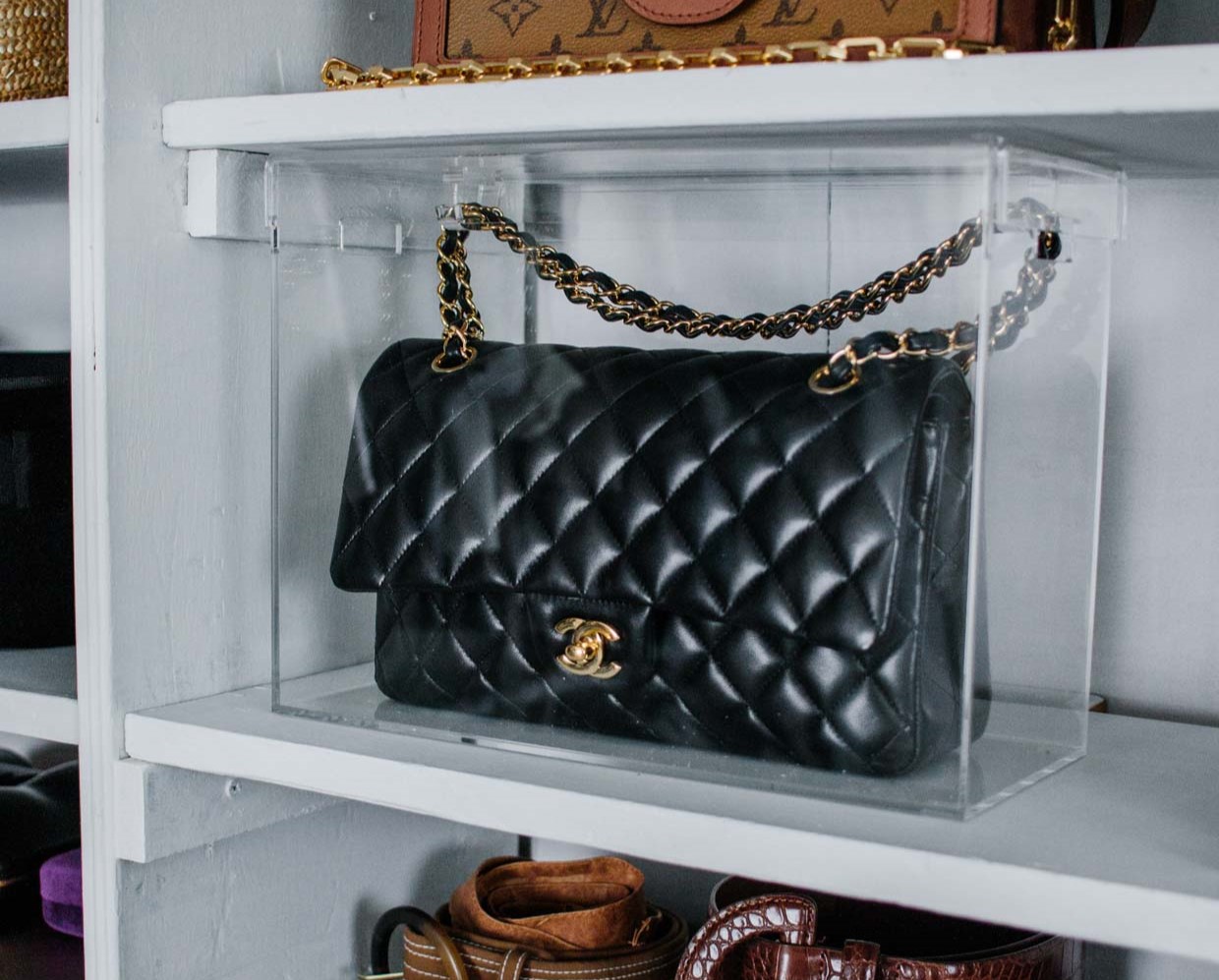
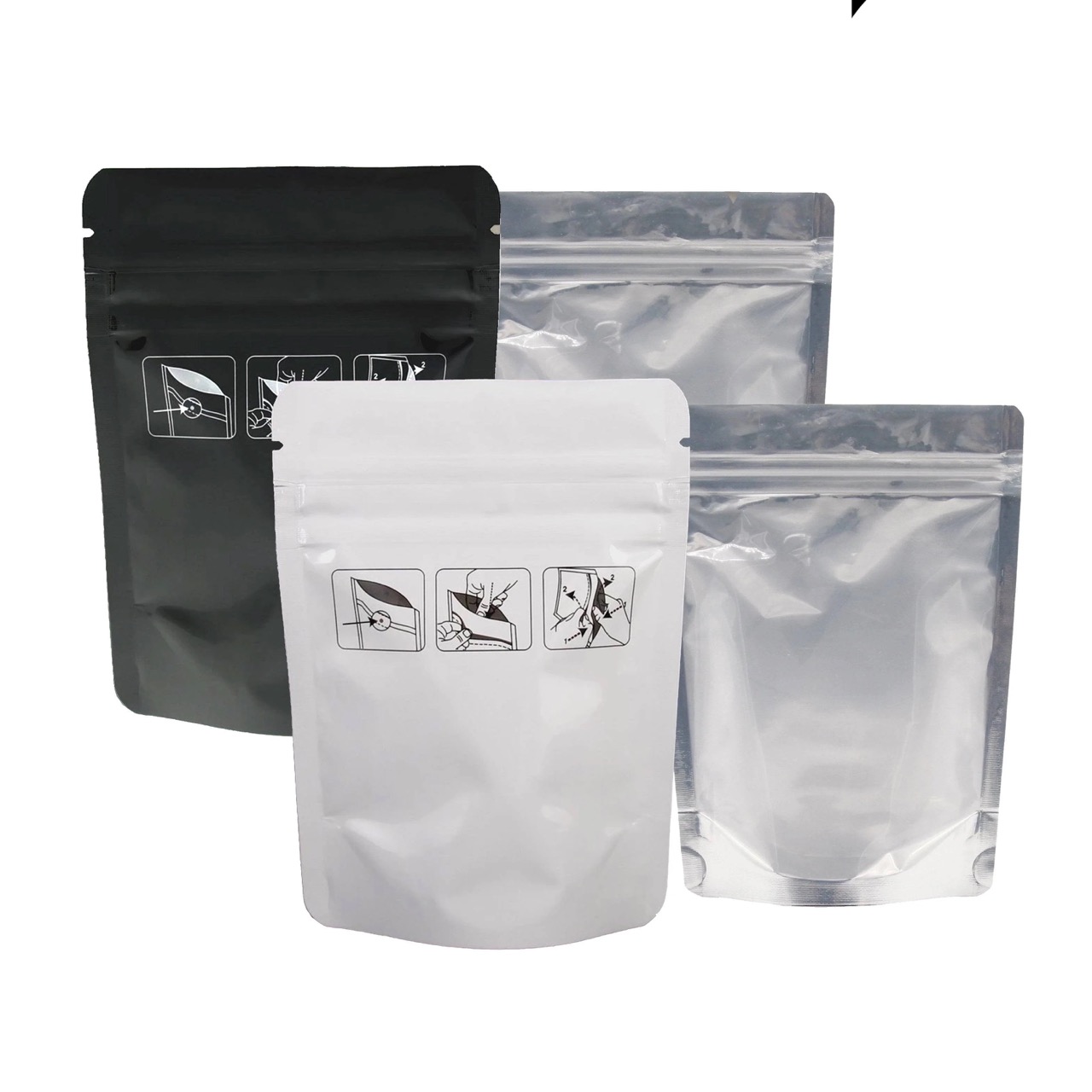
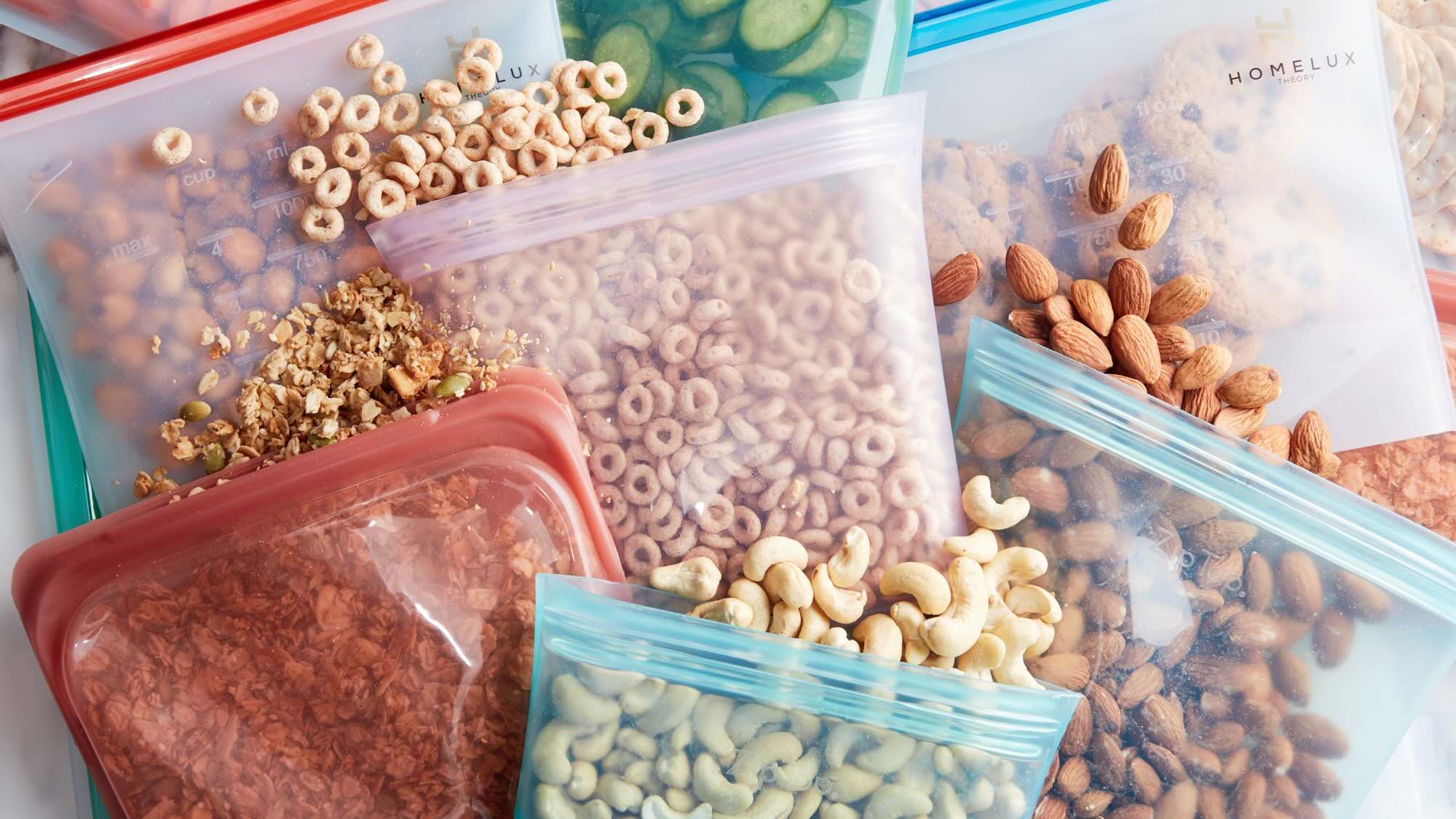
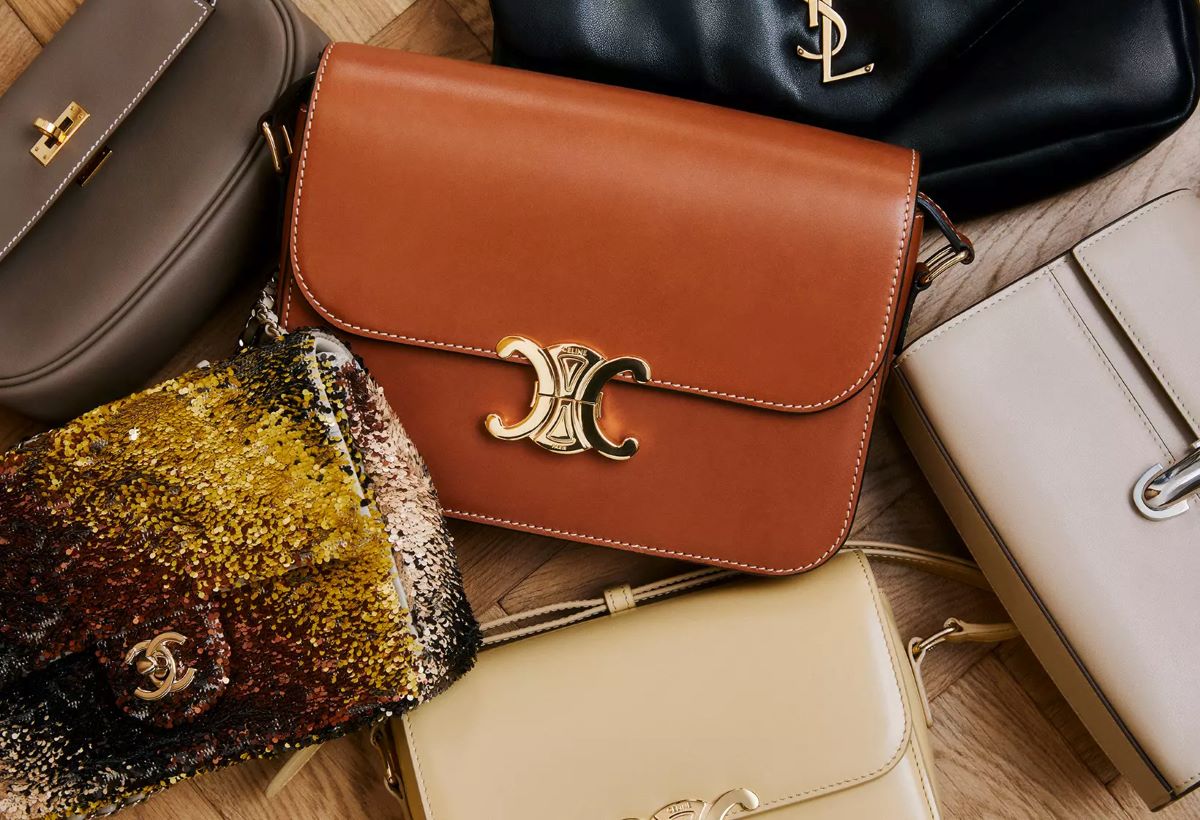



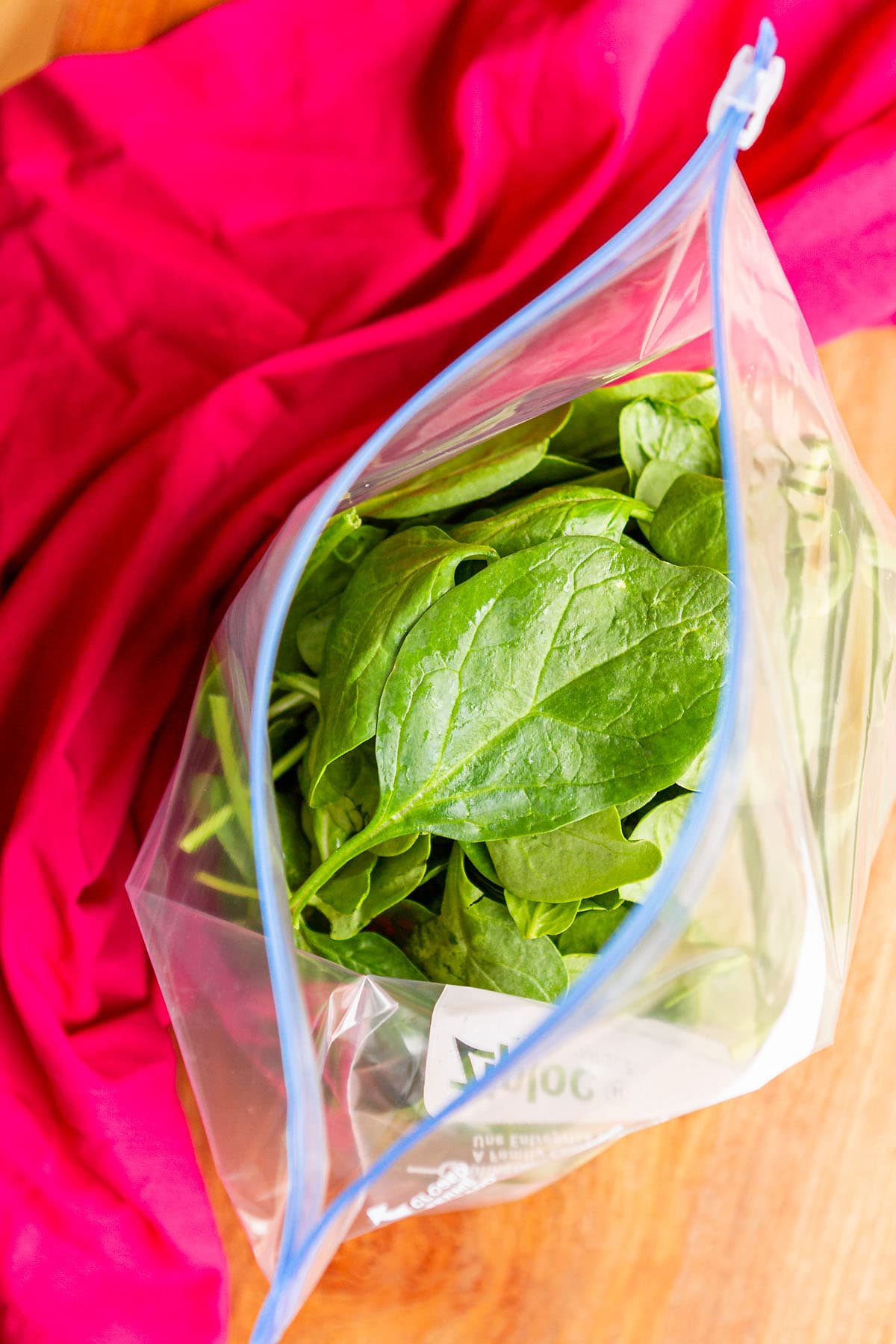
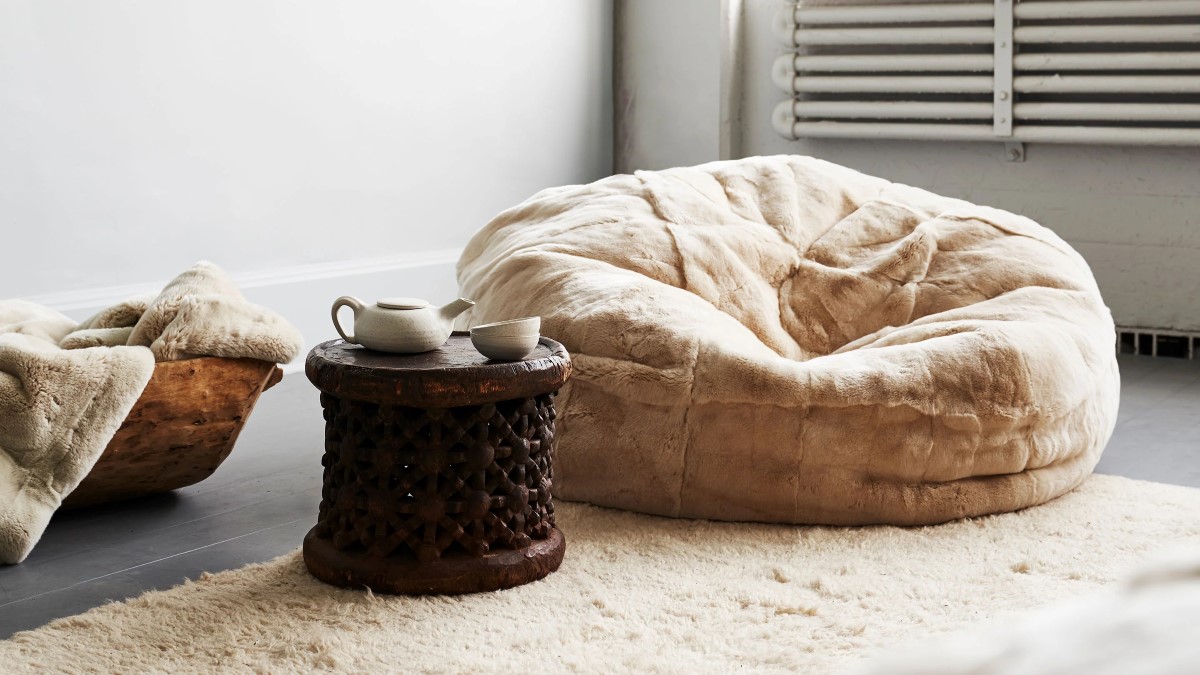

0 thoughts on “How To Store Designer Bags”